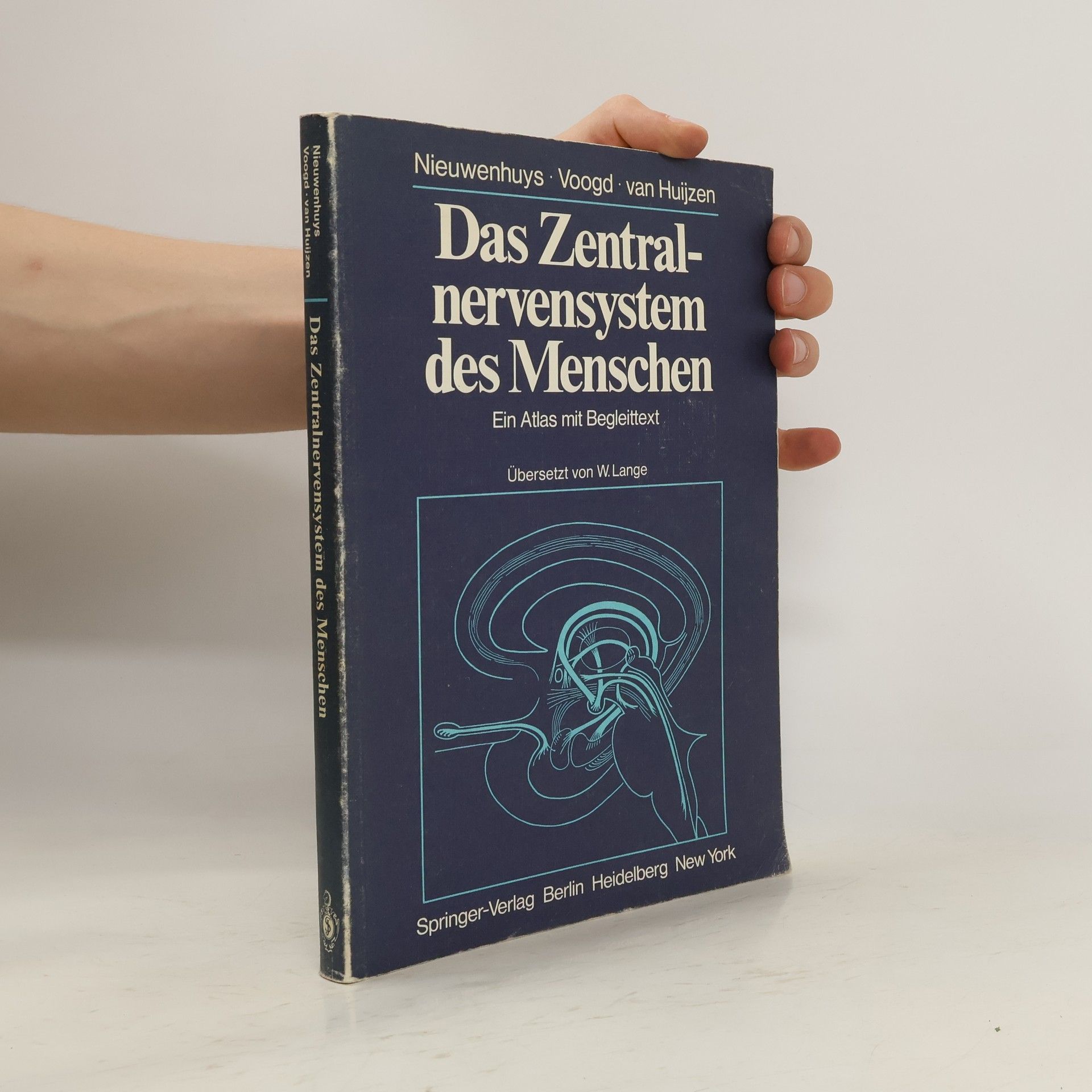Der Nieuwenhuys ist mittlerweile ein Klassiker auf seinem Gebiet; allein schon die überragende Qualität der Illustrationen (insgesamt 217 Halbtonabbildungen und Strichzeichnungen) läßt diese Bezeichnung gerechtfertigt erscheinen. Der Text der vorliegenden 2. Auflage wurde völlig neu bearbeitet und um wesentliche Gesichtspunkte ergänzt: dem zerebrovaskulären System und den Meningen ist nun ein eigenes Kapitel gewidmet, und die relevanten neuropathologischen und neurologischen Aspekte werden in der Darstellung gebührend berücksichtigt.
Rudolf Nieuwenhuys Knihy
11. červen 1927 – 4. listopad 2024
